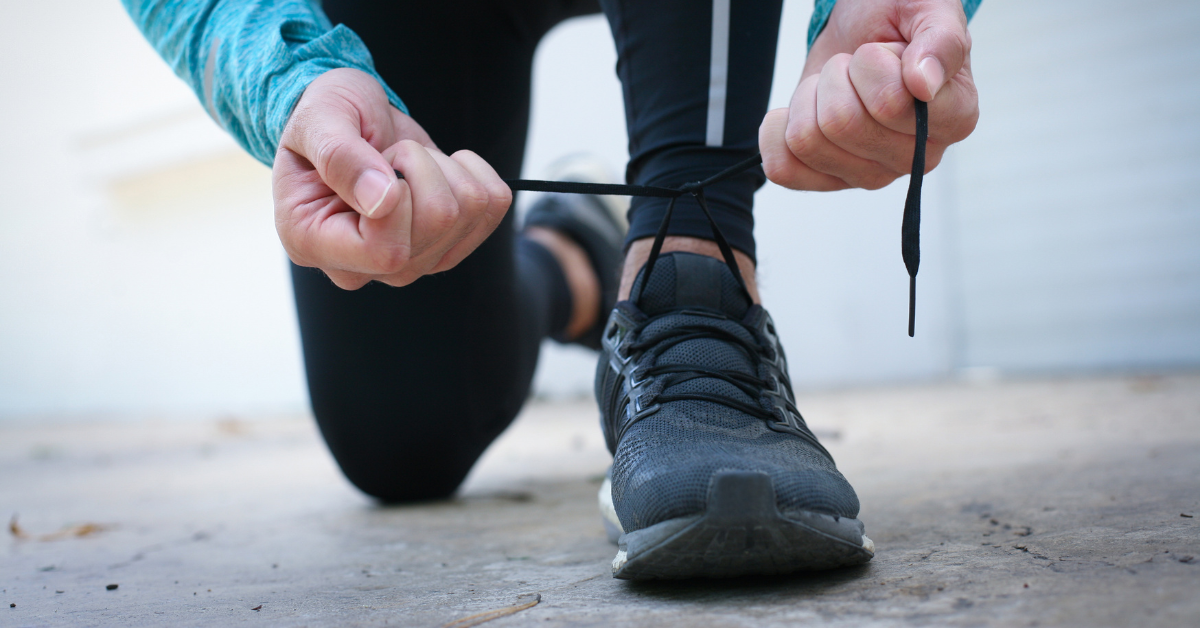Return to Running After Injury: 5 Tips to Comeback Stronger and Prevent Reinjury

Imagine this: the wind whistling past you, the steady beat of your feet against the pavement, and the rush of endorphins surging through your body. Running isn’t just a form of exercise; it’s an experience that nourishes your body and soul. But what do you do when injuries force you to take a break?
Returning to running can feel like reigniting a long-lost flame – a mix of excitement, uncertainty, and a resolute determination to get back to where you were before.
Returning runners often face the challenge of re-injury, often caused by overuse, poor biomechanics or insufficient strength training. This can lead to frustration, discouragement, and a setback in progress.
In this blog, we’ll reveal five essential tips to help you turn your running comeback into a reality and ensure a fantastic return to the sport you love.
1. Start Small, Finish Strong
While the urge to resume your usual distance runs after an injury may be strong, jumping back to your pre-injury distances might be too much too soon and result in more load than your recovering body is ready for. Instead, opt for a prudent approach by starting with smaller, manageable distances, interspersed through a walk/run progression. This gradual progression allows your body to reacquaint itself with the demands of running and over time your body can begin to adapt. Giving your body sufficient time to adapt by starting with more frequent, shorter runs helps reduce the risk of re-injury.
Patience is your greatest asset in your return to running. Acknowledging that it’s perfectly fine to start small and progress at your body’s pace is crucial. Keep in mind, it’s not about your past achievements; it’s about the path ahead.
2. Understand Your Injury & Listen to Your Body
The key to a successful running comeback lies in understanding your injury and listening to your body. Before running again, it’s vital to consult with a physiotherapist or another healthcare expert who understands running. They can assess your condition, provide guidance on when to return running, and create a personalized treatment for your needs.
For passionate runners, the longing to hit the road again can be irresistible. As you prepare to resume running, ease into it gradually by starting with shorter distances and at a lower intensity. As you progress in your running comeback, pay close attention to how your body responds. If discomfort persists or intensifies, it’s wise to re-evaluate and potentially modify your training plan. While there are instances where running with some discomfort early on is acceptable, a general guideline is to only proceed if you’re experiencing discomfort rated less than 2-3/10, and to stop the run if the pain escalates by an additional 2/10.
You can often gauge if you’ve done too much too soon by observing how your body reacts to activity. If you experience increased stiffness or lingering pain persisting for one to two days after your run, it’s advisable to reduce your running duration for your next run.
3. Identify Muscle Imbalances & Start Strength Training
The body has a miraculous way of compensating for muscle imbalances. However, when the body no longer has any more options for compensation, that’s often when injury occurs.
Even after an injury heals and the pain subsides, the body may still exhibit compensatory movement patterns, such as offloading the body’s center of mass away or towards the injury site. This can lead to maladaptive biomechanics that persist over time.
Strength training plays a crucial role in addressing these asymmetrical differences, in conjunction with a physiotherapist’s assessment to identify which areas of the body require strengthening and if there are any lingering movement pattern discrepancies present.
When returning to running, your body may require time to readjust to the mechanics of running, and incorporating exercises that replicate running movements can facilitate this adaptation. Exercises such as squats, split squats, and single-leg exercises gradually reintroduce your body to the demands of running by simulating its motions Additionally, more dynamic movements and running drills can assist in restoring a smooth stride. Considering that a 10 km run is equivalent to approximately 10,000 steps, addressing muscle imbalances in your body will aid in building resilience and significantly contribute to your journey to recovery.
4. Invest in a New Pair of Shoes
Prior to returning to running, consider investing in a fresh pair of shoes. Over time, shoes naturally develop an asymmetrical wear pattern based on asymmetries in our bodies. This wear pattern can affect your gait and biomechanics, potentially contributing to injury. Continuing to wear the same shoes that were worn during the initial injury can result in the body reverting to the same poor biomechanics that led to the injury initially. Therefore, updating your footwear is vital, especially after an extended break from running or while recovering from an injury, to ensure optimal support and reduce the risk of re-injury.
5. Seek Professional Guidance From A Running Expert
As you might realize from this article, consulting with a running-focused physiotherapist is advisable when resuming running after a break or injury. Here’s how we can help you:
- Identify the cause of the injury and how to address it.
- Identify muscle imbalances and asymmetries in biomechanics and prescribe targeted strength exercises to address them.
- Advise on recovery timelines and appropriate progressions when returning to running.
- Consult on footwear based on your feet, injury history, and how you move.
- Monitor how your body is progressing to troubleshoot movement asymmetries before they become an issue.
Remember, the key to pain-free return lies in a gradual progression, listening to your body’s cues and addressing muscle imbalances in the body. We can help you in your running journey. We have created a return to running plan that you may use as your guide. Download it now and keep it handy as a valuable reference tool.

